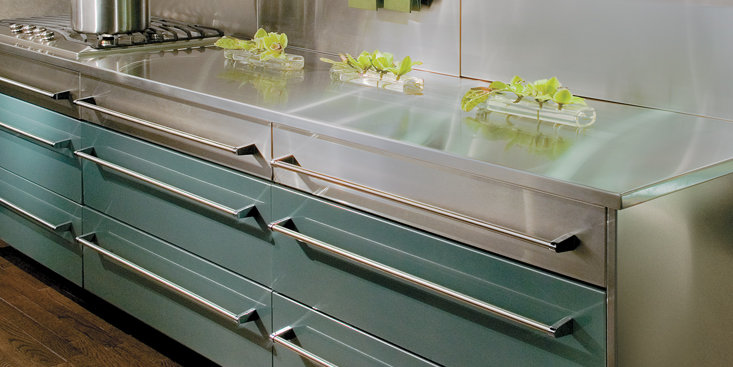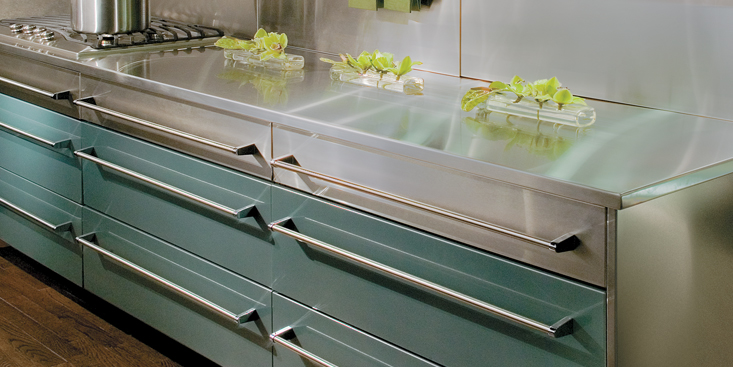With affluent consumers choosing exotic materials and contemporary designs, the rest of the home may just follow suit.
I’ve always believed that high-end kitchen cabinets were not only a good forecast tool for design trends, but also a sort of “leading financial indicator” for the entire high-end home category. After all, it was never a stretch for affluent consumers to invest in $75,000-100,000 worth of cabinetry from brands such as St. Charles, Rutt or Heritage. Put another way: as goes cabinetry, goes the rest of the home.
My Certified Kitchen Designer (CKD) friends tell stories of clients fresh back from vacation, who often wanted to memorialize their travel experience by recreating that “special Tuscan farmhouse kitchen.” And while the imported appliances and that unique antique table certainly played a part, it was always the cabinetry that fully brought their vision to life.
That’s why I’ve been fascinated with the increasing pace of change occurring in the world of kitchen cabinets. And if my theory of cabinetry-as-leading-indicator holds up, then marketers of high-end home brands should take note.
Historically, traditional and transitional designs and finishes dominated the category, followed by a small percentage of contemporary product. But recent research cited by The Wall Street Journal has shown an interesting evolution of cabinetry during the past five years:
- The Rise of the Exotic. Traditional materials, such as oak, have declined over the past five years, while more exotic woods, such as alder and birch, have increased 44% in terms of total dollars spent.
- Darker and Painted. While medium-colored finishes still make up the lion’s share of overall finishes in the category, darker-colored and painted finishes have gained more than 40% during the same period. That’s a significant change in color trends.
- It’s Everywhere! This evolution in materials and finishes is happening across the United States, in every region. Which tells me that it’s not just a flash in the pan trend limited to one part of the country.
The WSJ piece quotes Jane Henderson Kenyon, a Sotheby’s Realty broker in Princeton, who says,
“The kitchen is so much the heart of the home. Whatever people put in there runs through the rest of the house.”
Great insight indeed.
So ask yourself: how might this evolving category impact my home brand – and what can I do in order to get out in front of it? Affluent consumers are spending more money on nontraditional materials and finishes in the kitchen. How might the rest of the home follow suit?
To read The Wall Street Journal piece and see more data from the research, click here:



